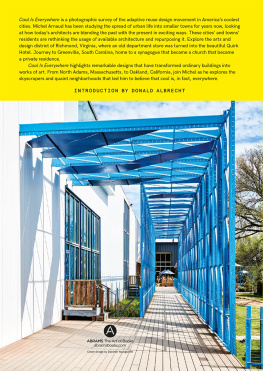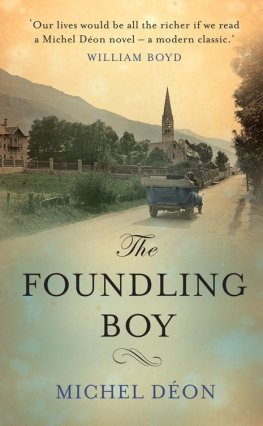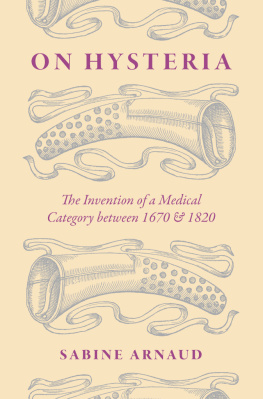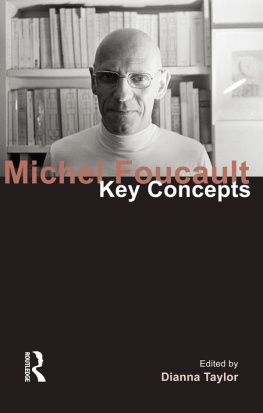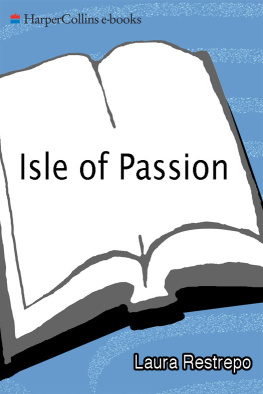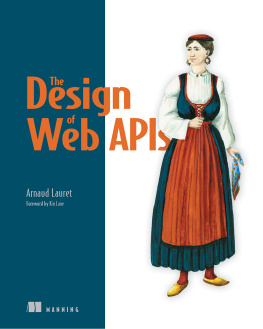Michel Arnaud - Cool Is Everywhere
Here you can read online Michel Arnaud - Cool Is Everywhere full text of the book (entire story) in english for free. Download pdf and epub, get meaning, cover and reviews about this ebook. year: 2020, publisher: Abrams, genre: Art. Description of the work, (preface) as well as reviews are available. Best literature library LitArk.com created for fans of good reading and offers a wide selection of genres:
Romance novel
Science fiction
Adventure
Detective
Science
History
Home and family
Prose
Art
Politics
Computer
Non-fiction
Religion
Business
Children
Humor
Choose a favorite category and find really read worthwhile books. Enjoy immersion in the world of imagination, feel the emotions of the characters or learn something new for yourself, make an fascinating discovery.
- Book:Cool Is Everywhere
- Author:
- Publisher:Abrams
- Genre:
- Year:2020
- Rating:3 / 5
- Favourites:Add to favourites
- Your mark:
- 60
- 1
- 2
- 3
- 4
- 5
Cool Is Everywhere: summary, description and annotation
We offer to read an annotation, description, summary or preface (depends on what the author of the book "Cool Is Everywhere" wrote himself). If you haven't found the necessary information about the book — write in the comments, we will try to find it.
Cool Is Everywhere — read online for free the complete book (whole text) full work
Below is the text of the book, divided by pages. System saving the place of the last page read, allows you to conveniently read the book "Cool Is Everywhere" online for free, without having to search again every time where you left off. Put a bookmark, and you can go to the page where you finished reading at any time.
Font size:
Interval:
Bookmark:
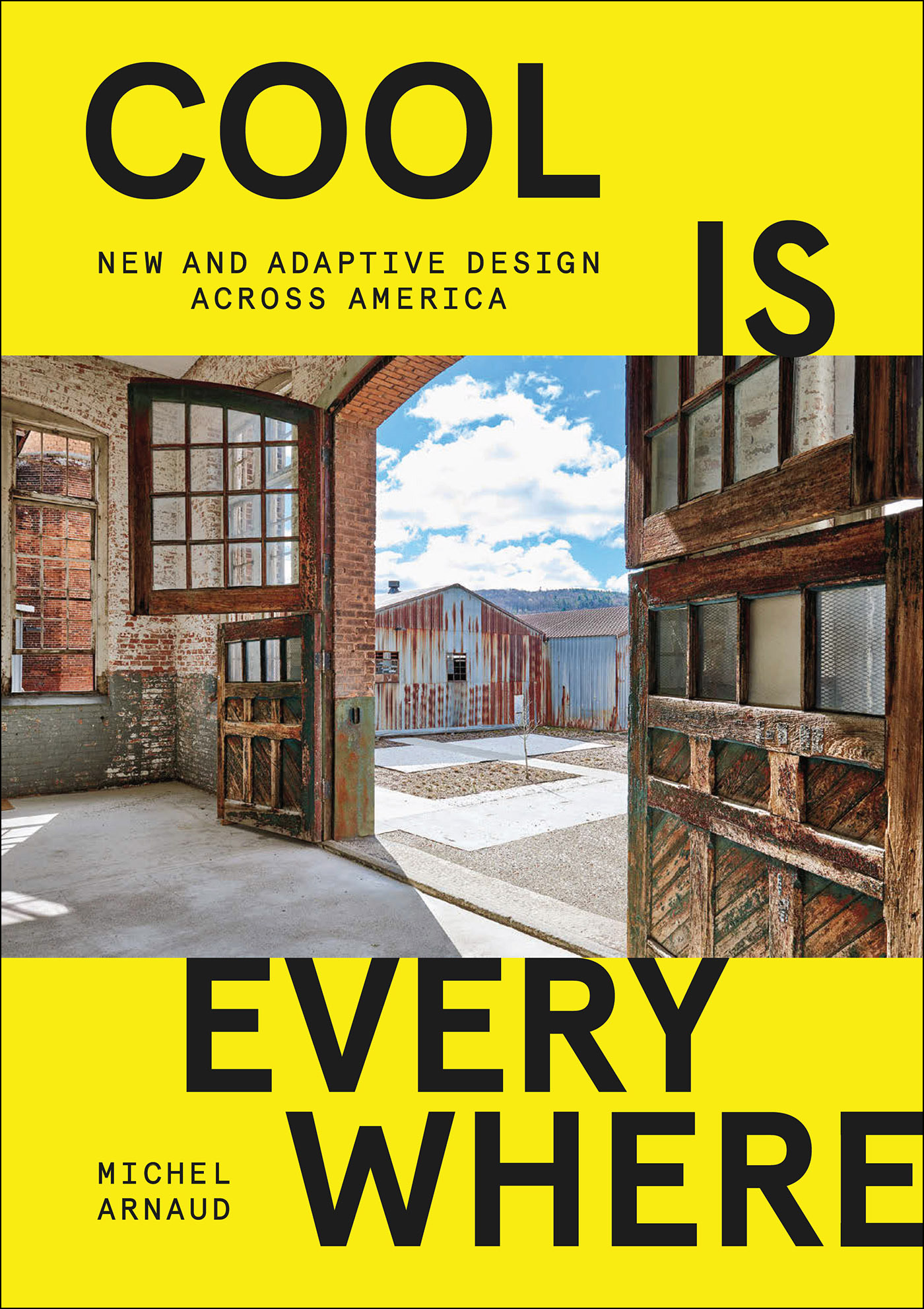

BY MICHEL ARNAUD
Work on this book started right as I was finishing my book, Detroit: The Dream Is Now. My wife, Jane, our son, Will, and I would drive out to Detroit from our loft in New York City, and often we would stop in Pittsburgh. Detroit had been an eye-opener on how cities can changehow old buildings could find new life and purposes, like becoming an artist studio or an art gallery; how a new museum could change a city block; how people were craving green spaces; and how a coffee shop, a brewery, or an interesting food scene would lead to the creation of a boutique hotel. Jane and I found these changes in Pittsburgh, of course. We began to notice these signs of change on other trips as well, and in our own backyard. Jane grew up in Greenville, South Carolina, and with each visit we would hear about a new restaurant or art gallery or learn about a new neighborhood. While on vacation, we had lunch at The Grey in Savannahthe restaurant was once a Greyhound bus stationand dinner at the Kitchen Sync in Greenvillein what was once a dairy, or ice cream shop. Art dealer Jack Shainman turned an empty elementary school into a branch of his cutting-edge New York City gallery, with museum-quality exhibitions in Kinderhook, New York, 20 minutes from our house in upstate New York. While on a magazine assignment, I met designer Rob Feinstein. We spent part of the day together and he invited our family to visit his home in Asbury Park, New Jersey. We took the kids to the beach, walked along the boardwalk, and ate at Porta, a pizza restaurant in a former industrial building that had been the Student Prince bar back in the day. During the course of lunch, we talked about the changes Asbury Park was going through after years of decline. We talked about Detroit and its evolving scene. We talked about what it was like to live outside New York City, how urban life was spreading to smaller towns. At one point, Rob said, Yes, cool is everywhere, and that became the working title for this book. After that, Jane and I started to investigate other cities. We put together a list of 14 midsize cities with populations under a million. My fascination with postindustrial cities inspired our process. We looked at towns that had suffered a downturn and were now celebrating a comeback. We looked to the design media who were reporting on cities, such as Architectural Digest, Architectural Record, and Design Milk. We pulled out the map, which made us look to the West Coast and the Midwest. We talked to friends with connections to cities we were interested in, for example, architect and artist Rajiv Fernandez, whose mother, Maria, had an Indian restaurant in Omaha, Nebraska, for 40 years; architect Evan Watts, whose family has deep ties to Birmingham, Alabama; and curator Ingrid Schaffner, who grew up in Pittsburgh and recently returned. We hit the road with our four-year-old son in tow, grouping our travels by locale. While we spent three to four days in some cities, such as Portland, Oregon, we returned again and again to othersGreenville, South Carolina; Pittsburgh, Pennsylvania; North Adams, Massachusetts; and Oakland, California. We would book appointments in advance for projects we wanted to see, but at the same time, we left the door open for serendipity and discovery. There were occasions when one person would say, Oh, you have to see this, or we would be driving down a street and Id stop the car to jump out with the camera. As the book took shape, architecture and design curator Donald Albrecht was organizing an exhibition of adaptive reuse projects in New York City titled Authenticity and Innovation for the Center for Architecture. We had breakfast to discuss the introduction of the book and he in turn introduced us to friends and colleagues such as Barbara Campagna in Buffalo, Jeanne Giordano in Portland, Bridget Gayle Ground and Cathy Henderson in Austin, and Darrin Alfred in Denver. As momentum was gathering in our research process, we felt it reflected the movement we experienced as we crossed the country and spoke to artists, designers, architects, homeowners, and businesspeople.
How did we define cool? Websters defines it as something excellent or hip. We found it to be at the intersection of old and new, when a project is strikingly new in an old place, or when something changes the context that we see it or experience it in. Somehow when you see something cool, you know it. As we traveled, people would tell us about their projects, how they came to be, the impetus and the ideas that inspired them, and their process in order to get to the finished results you will find on these pages. They talked about what it was like to work with an old building, with the special challenges of taking an old structure into the present or integrating a new building in an old neighborhood. We heard about the design choices that were made, from making sure a building was structurally sound to deciding what to leave and what to modernize. We were impressed with the creativity, manual labor, and just plain hard work that went in to each one of these places. People also talked about their concerns for the growth in their cities with a mix of excitement and trepidationIts great to have a restaurant in the neighborhood, finally or What will these changes mean... more traffic? How will the rising home prices affect the value of my home? Will I be able to afford to live there?
Over the course of the project, we were in the process of leaving our home in New York City. It was a small loft in a 19th-century textile building in TribecaJane had lived there for almost 30 years. A developer bought the building for redevelopment. While we realized how lucky we were to leave on our own terms, we also experienced how painful and heartbreaking it can be to move on. It seems ironic that the people who pioneer a neighborhood cant always live there as long as they want. What became clear over the course of working on this book and our move is that change is the nature of cities. And as big cities move to accommodate the luxury market, smaller cities are incorporating elements of an alternative urban lifestylewalkable neighborhoods, green spaces, and cultural communitieswith surprising and refreshing results.

The dining room of the Detroit Foundation Hotela former fire department building was converted into a boutique hotel in 2017.
Photographing urban spaces has its own challenges. Early in my career, I worked as a reportage photographer working for newspapers and magazines such as Vogue and Harpers Bazaar covering fashion shows, among other subjects. In later years, interior photography became my new love: Its all about light, composition, and atmosphere. This project called on both areas of visual expression: the spontaneity of reportage and the reflective nature of interior photography.
Is cool everywhere? The question is certainly open-ended. I hope this book will modestly elicit a positive answer: Yes, cool is everywhere. You just need to be curious enough to look around and discover the signs of new sensibilities and attitudes that are reinventing the past to create a present full of possibilities and opportunitiesanother window on the American Dream.
Font size:
Interval:
Bookmark:
Similar books «Cool Is Everywhere»
Look at similar books to Cool Is Everywhere. We have selected literature similar in name and meaning in the hope of providing readers with more options to find new, interesting, not yet read works.
Discussion, reviews of the book Cool Is Everywhere and just readers' own opinions. Leave your comments, write what you think about the work, its meaning or the main characters. Specify what exactly you liked and what you didn't like, and why you think so.

